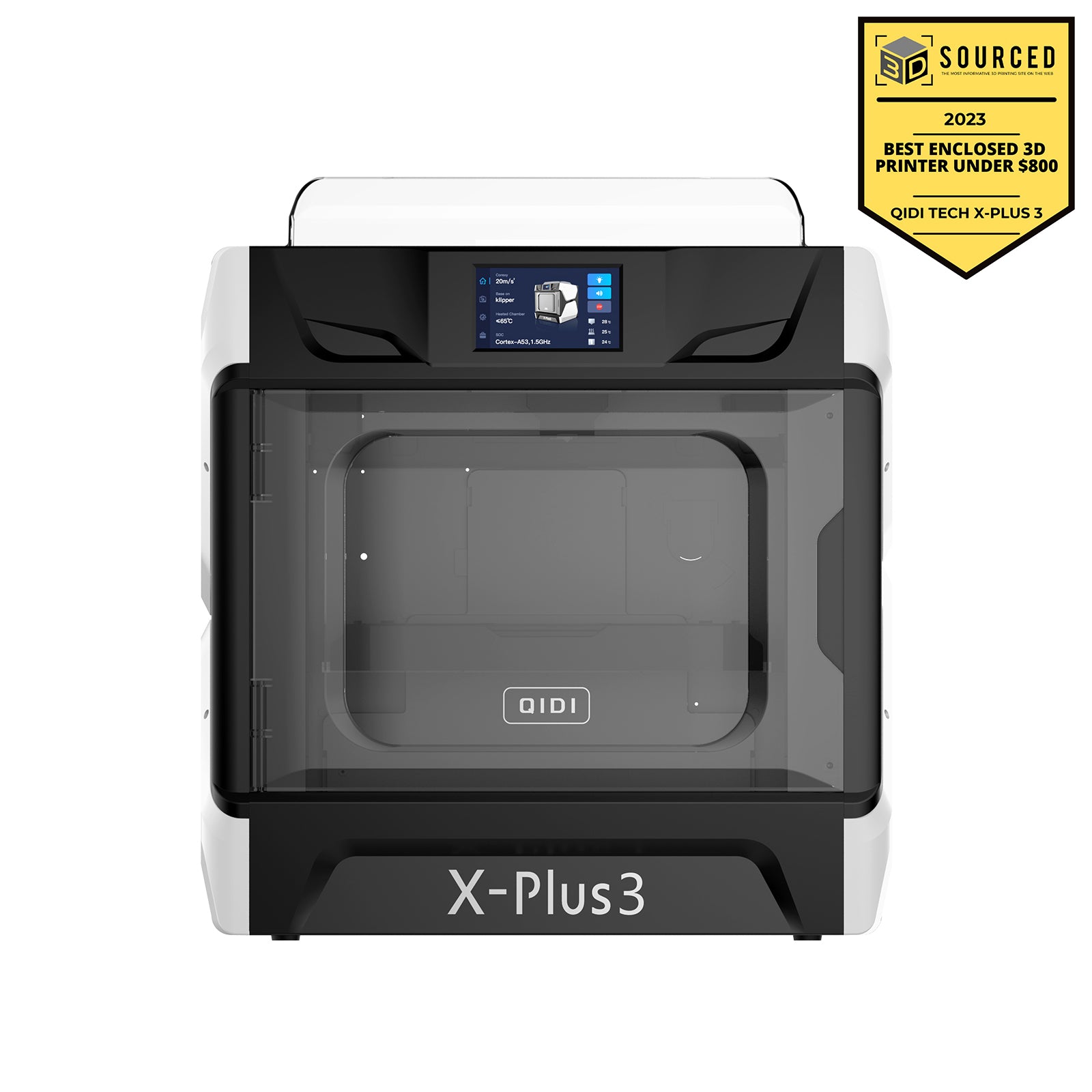Unlock the Secrets to Choosing the Perfect Large 3D Printer for Your Next Big Project!
In today's rapidly evolving technological landscape, selecting the right large 3D printer has become a pivotal decision for businesses and hobbyists alike. With the increasing popularity of 3D printing technology, its applications are spanning diverse industries—from architecture to engineering, and manufacturing to art. The ability to create intricate designs and prototypes quickly is transforming how products are developed and brought to market. This article aims to provide you with comprehensive guidance on what to consider when choosing a large 3D printer, ensuring you make an informed decision that aligns with your project's unique requirements.

Understanding Large 3D Printers
A large 3D printer is generally defined by its ability to print objects that exceed standard dimensions, typically offering a build volume of at least several cubic feet. These machines come in various types, including FDM (Fused Deposition Modeling), SLA (Stereolithography), and SLS (Selective Laser Sintering). Each type serves different purposes; for instance, FDM printers are widely used for prototyping and functional parts, while SLA printers are favored for high-resolution models. The relevance of large 3D printers in fields such as architecture is particularly noteworthy—architects can produce detailed scale models of their designs, allowing for better visualization and presentation to clients. In manufacturing, these printers can create tooling and fixtures, significantly reducing production time and costs. Understanding these distinctions is crucial to selecting the right printer for your needs.
Key Features to Consider
When comparing large 3D printers, several essential features should be at the forefront of your evaluation. First, consider the build volume, which directly impacts the size of the objects you can print. Larger volumes allow for bigger designs or multiple smaller items in a single print. Print resolution is another critical factor; higher resolution printers produce finer details, which is particularly important in applications like jewelry design or intricate prototypes. Material compatibility should not be overlooked either; ensure that the printer can handle the materials necessary for your projects—be it plastics, metals, or composites. Finally, assess printing speed; while faster printers can save time, they may compromise on quality. Balancing these features against your project's demands will help narrow down your options effectively.
Comparing Different Models
Comparing different large 3D printer models can be an overwhelming task, but breaking it down into manageable steps can simplify the process. Start by creating a list of required features based on your project needs. Once you have this list, research various models that meet these criteria. User reviews can provide valuable insights into real-world performance and reliability—look for feedback on aspects like ease of use and customer support. Technical specifications also play a crucial role; compare key metrics such as maximum layer height and nozzle diameter. Additionally, consider the community surrounding the printer; active users can provide tips and tricks that enhance your experience. By thoroughly evaluating these factors, you can identify which model is the best fit for your specific requirements.
Budget Considerations
Budgeting for a large 3D printer involves more than just the initial purchase price. Begin by setting a budget that encompasses all potential costs, including maintenance and ongoing material expenses. While it may be tempting to opt for the cheapest option, remember that a lower-quality printer may lead to higher costs in the long run due to repairs or material waste. Consider the longevity and durability of the printer as part of your investment. It’s also wise to explore financing options if needed, as many manufacturers offer payment plans. Striking a balance between cost and quality will ensure that you are making a wise investment that serves your needs well into the future.
Future Trends in Large 3D Printing
The landscape of large 3D printing is continually evolving, with several exciting trends on the horizon. Advancements in materials, such as biocompatible and sustainable options, are expanding the possibilities for industries like healthcare and construction. Furthermore, innovations in software are making it easier to design complex geometries and integrate 3D printing into existing workflows. As these technologies develop, they will likely influence purchasing decisions—buyers will need to consider not only current capabilities but also future-proofing their investments. Keeping abreast of these trends can provide a competitive edge and open up new project possibilities.
Making an Informed Choice
Choosing the right large 3D printer is a multifaceted decision that requires careful consideration of various factors, including printer types, key features, budget, and emerging trends. By understanding your specific needs and evaluating potential models against these criteria, you can make a well-informed choice that enhances your project outcomes. Whether you're in architecture, engineering, or any other field that benefits from 3D printing, taking the time to research and compare options will pay off significantly. Start your journey today, and explore the exciting possibilities that a large 3D printer can unlock for your next big project!



